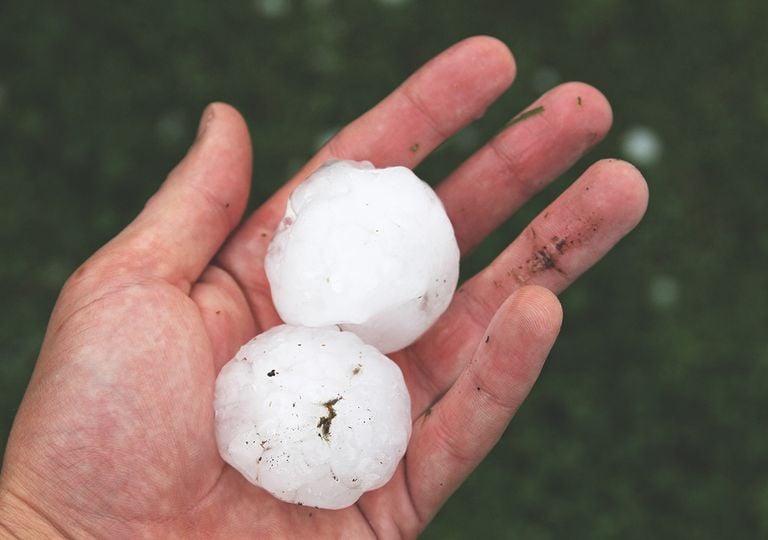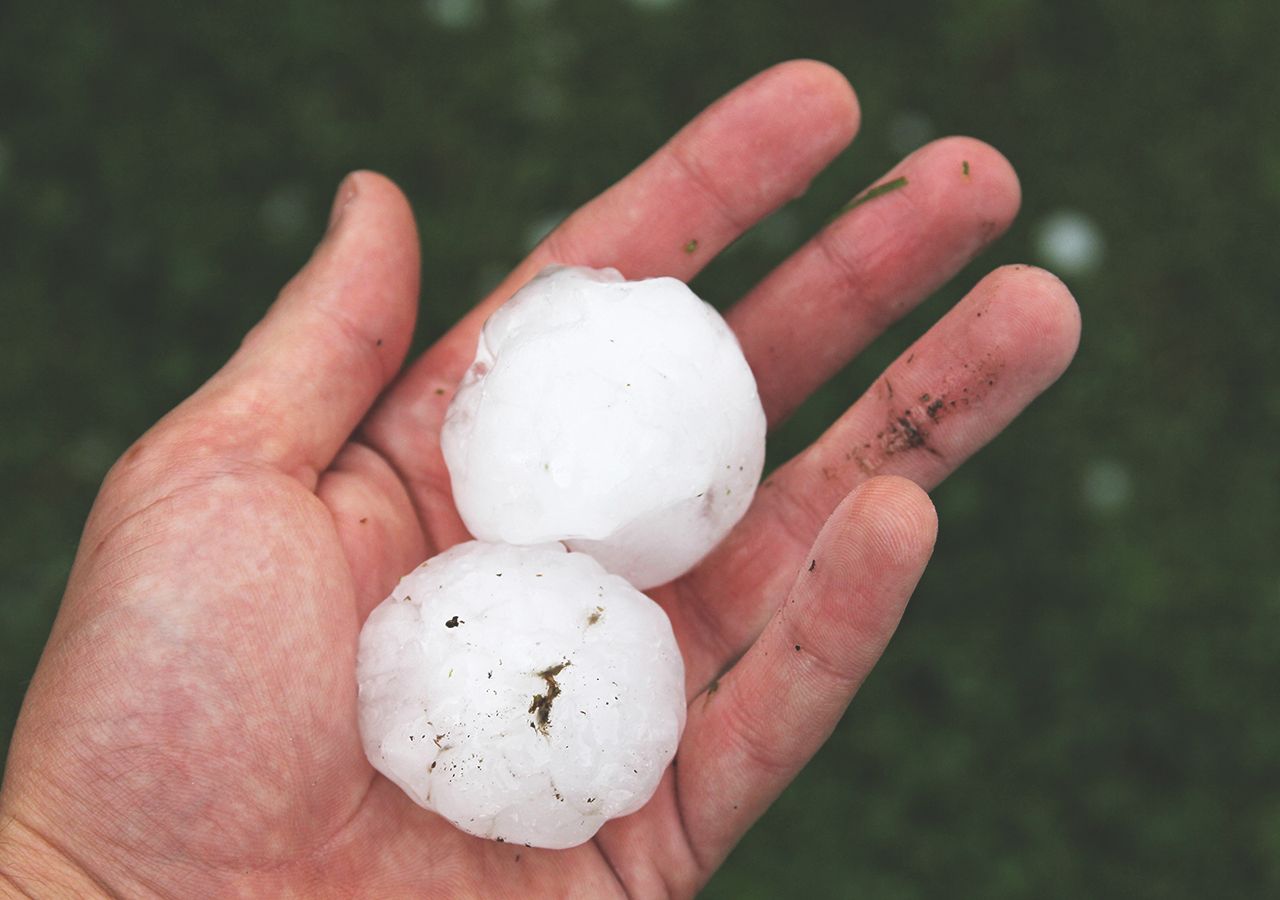
Recent research explains how climate change plays a role in the development of hail storms and how they vary significantly by region. The international study involves several universities, all of them being under the tutelage of the university center of New south Wales, in Australia (UNSW).
The researchers point out that the danger will increase in most regions of the world, although among them Australia and Europe stand out, where they are more likely to increase the hail as a result of climate change. The research, published in Nature Reviews Earth & Environment, shows a global summary of hail trends with past observations and projected future trends in models with various simulations.
What is hail and how is it formed?–
Like they have observed the possible rebound of Australia or Europe, have also deduced that the frequency of hail storms will decrease in East Asia and North America. Regarding the severity of storms with hail, the trend is increasing in most of the world.
Our work reviewing the global state of knowledge about how hail may be affected by a changing climate is featured in an article by @bdzombak in this week’s @AGU_Eos from @theAGU! https://t.co/p10PFhtkdA For our review, the free-to-read link is: https://t.co/2HOCnzz3fh.
— Tim Raupach (@timraupach) May 11, 2021
Universities participating in the research
The University of Bern, Central de Michigan, Illionois, Colorado, the Karlsruhe Institute of Technology and the Peking University were some of the institutions that have participated in the study led by the Climate Change Research Center from UNSW in Sydney.
The research scientists note that the current and future effects of climate change on hail storms are still somewhat uncertain, in part due to the lack and quality of observations, both short and long term.
Continuously changing atmospheric conditions
The study examined the general expectation of atmospheric ingredients that affect hail, such as a unstable atmosphere, the amount of hail that melts and the wind shear, factors that would change with a warmer climate and would influence these types of storms.
“We know that with climate change we are going to have more humidity in the atmosphere and that leads to greater instability, so we expect there to be a trend for more stormy events to occur“said UNSW lead author Dr. Tim Raupach.
#SevereWeather Brutal hailstorm in #Coahuila, Mexico.
In the last few hours, large hail has fallen, causing problems in some municipalities. pic.twitter.com/ZXojZ3kt1K
– Meteored | weather.com (@MeteoredES) May 18, 2021
“Because the atmosphere will be warmer, the melting level, which is the height in the atmosphere below which the ice begins to melt, will increase and then hail will likely be more severe when it occurs“he added.
Uncertainty in hail observations
“If you put an instrument to capture or measure hail, even in a place where you could expect a lot, you may only get one or two hits on that instrument in a year,” says Dr Rapach. Hailstorms are a small-scale phenomenon and are difficult to model with regular weather models..
“You need to have a very high resolution model to be able to resolve the size of the hail storm,” said Dr. Raupach. The next steps of the research group focus on the use of high-resolution weather models to examine the effects of climate change on convective stormss and thus better understand the behavior of hail.
– .


